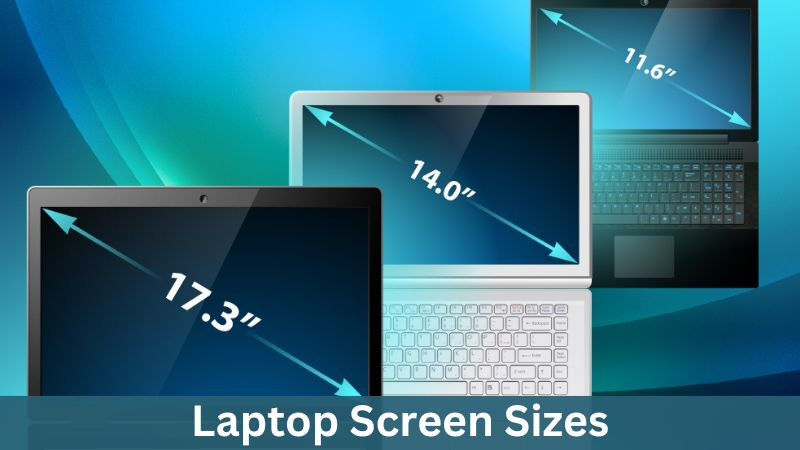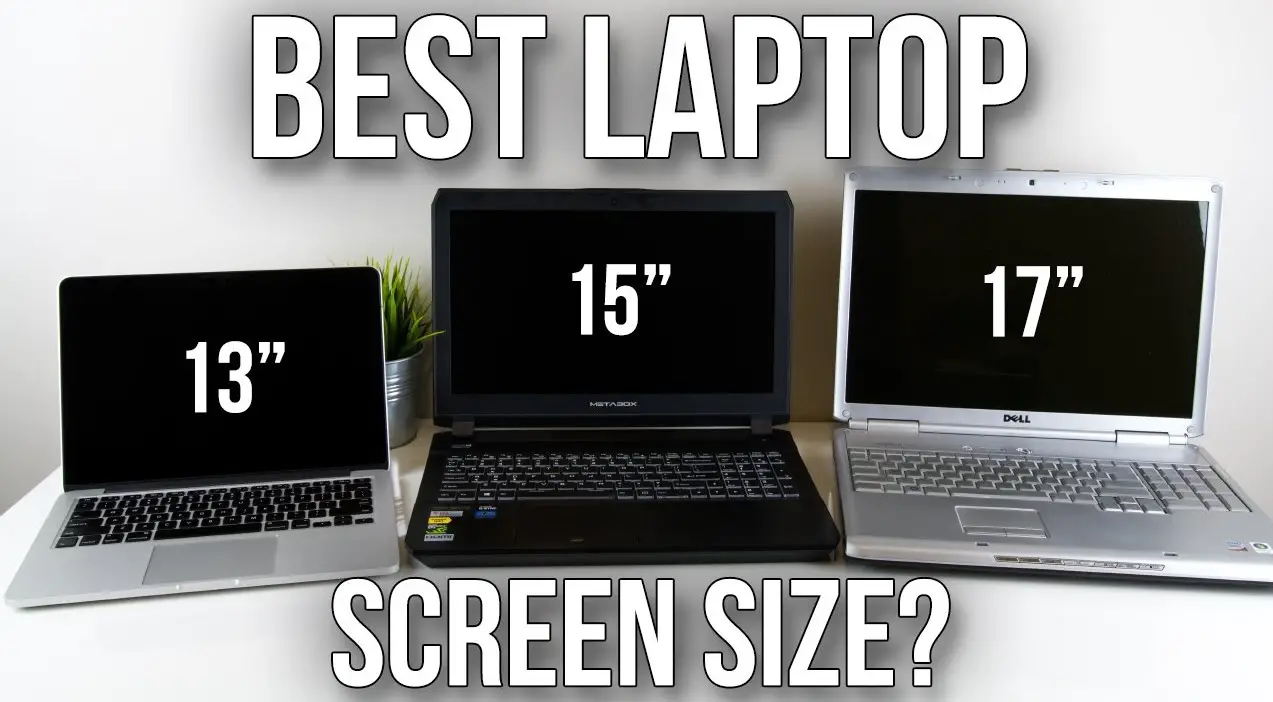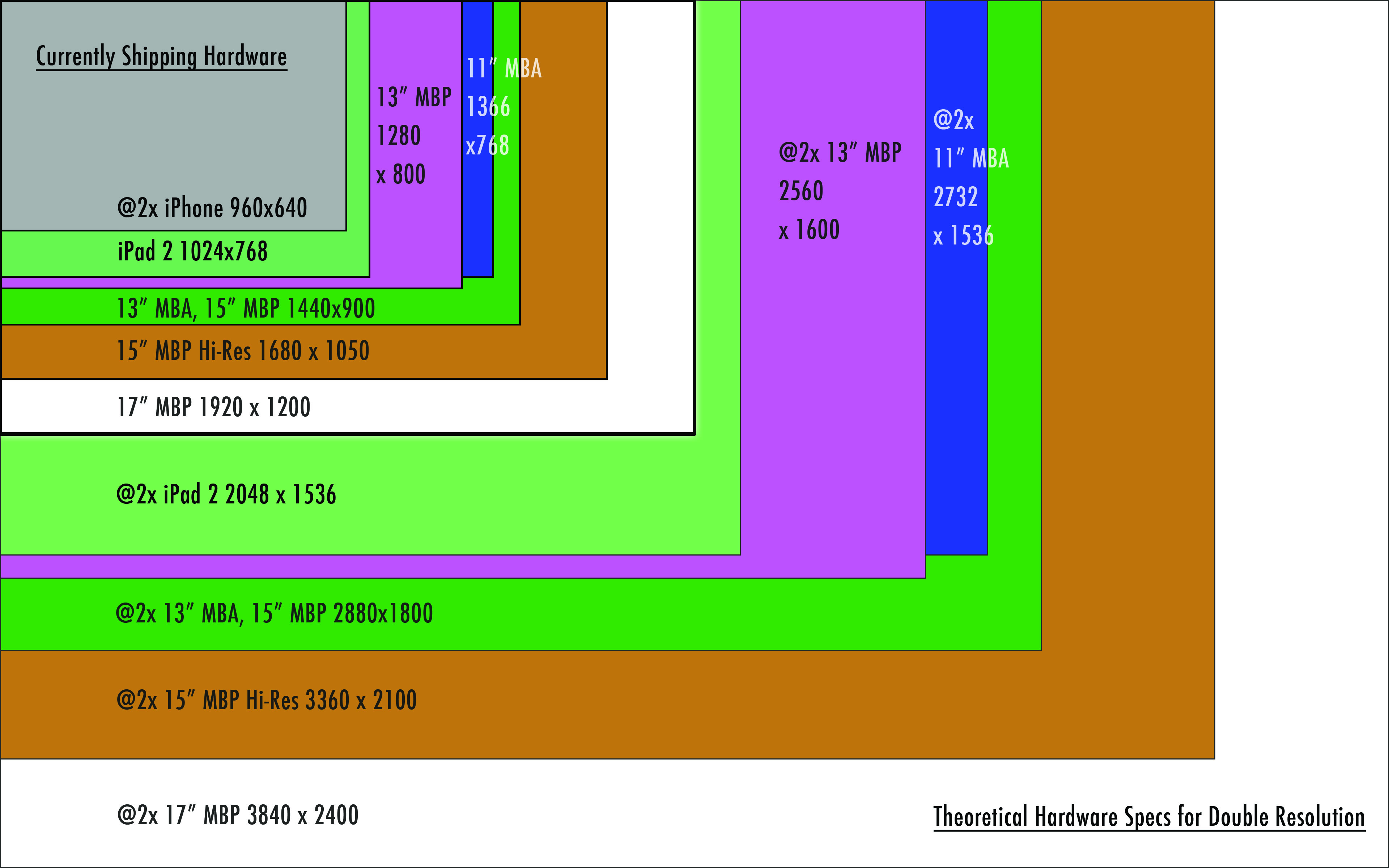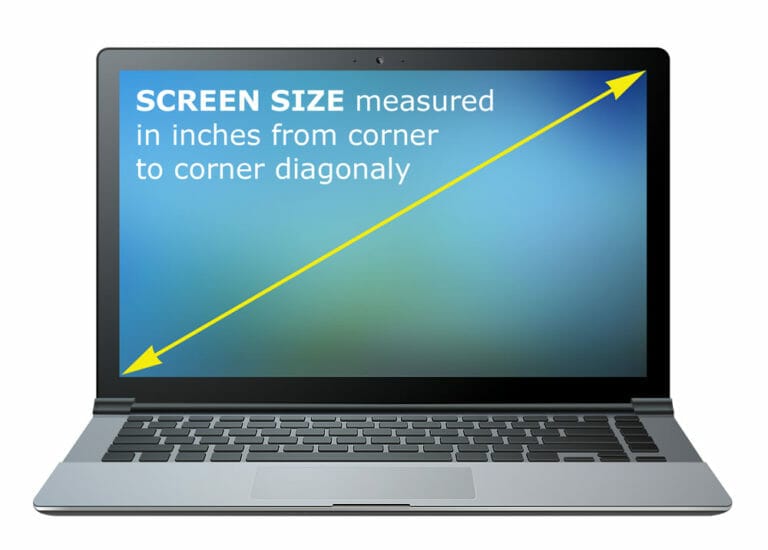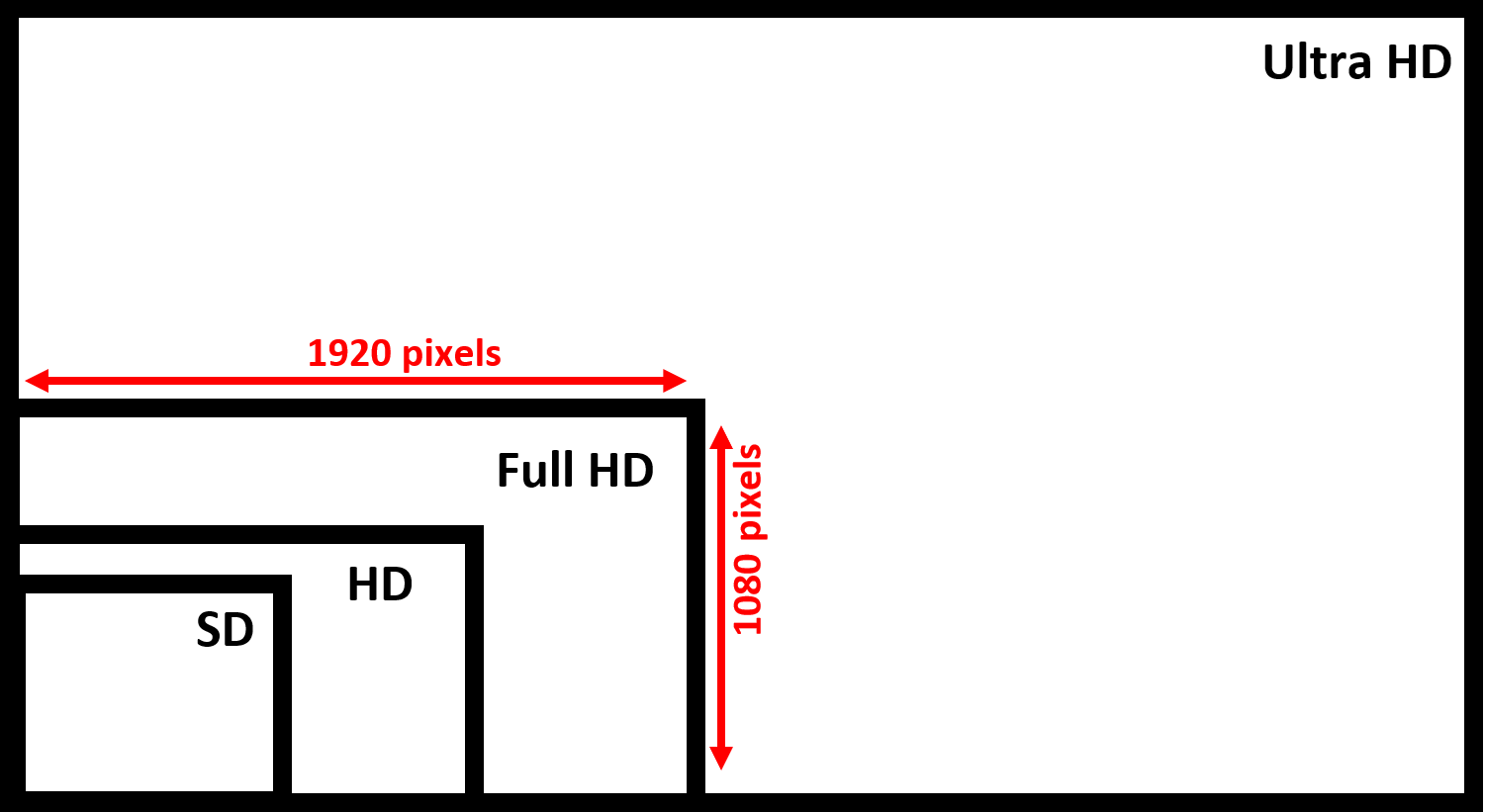Laptop 15 Inch Screen Size In Pixels
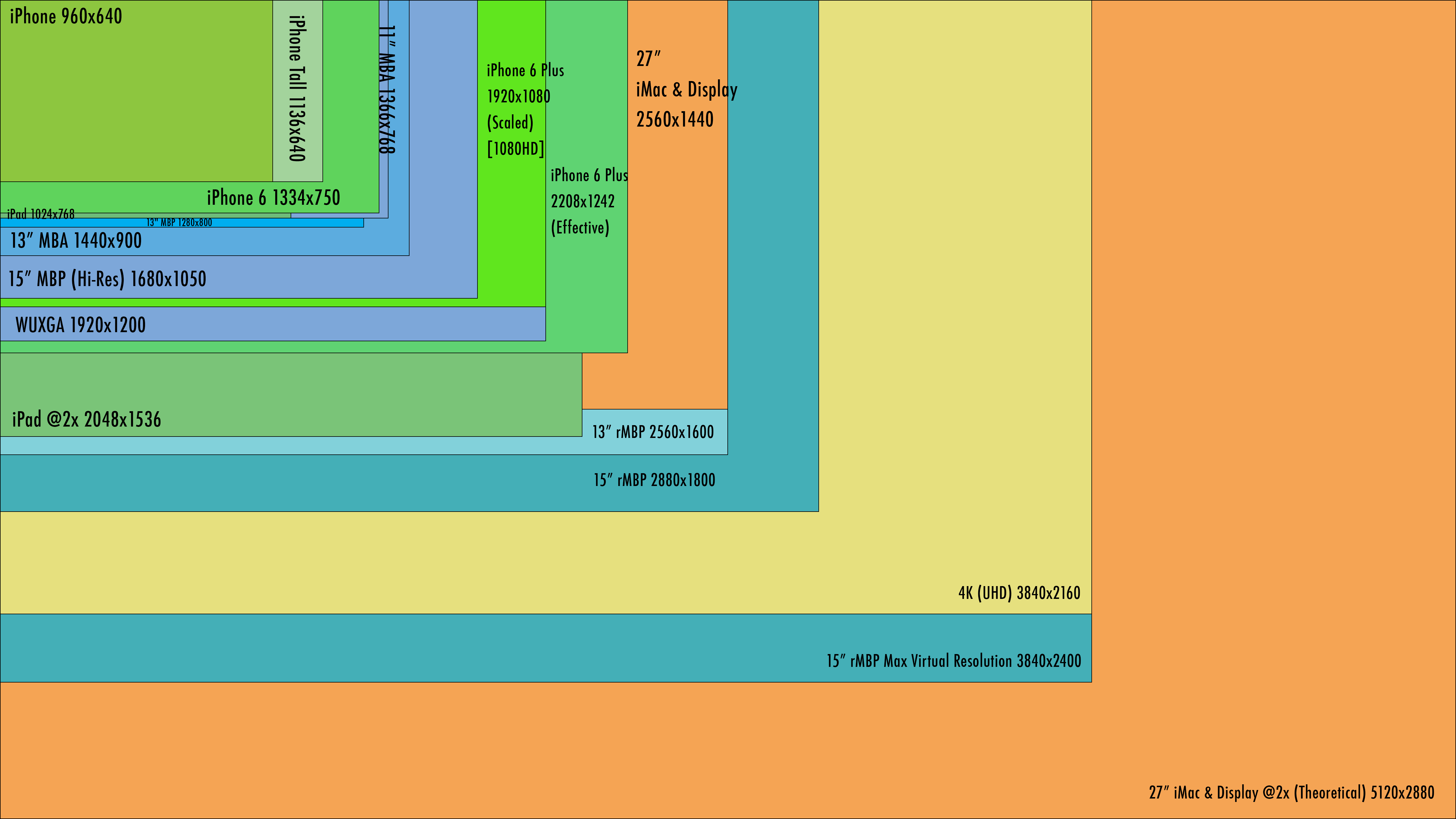
Buying your first laptop can feel like navigating a pixelated minefield. All those specs, numbers, and jargon… it’s enough to make anyone's head spin. This guide cuts through the noise, focusing specifically on the heart of your viewing experience: the 15-inch laptop screen. We'll equip you with the knowledge to confidently choose the right display for your needs, all explained in plain English.
Why a 15-Inch Laptop Matters
Why are we focusing on 15-inch laptops specifically? It's a sweet spot. A 15-inch laptop offers a comfortable balance between screen real estate for productivity and portability for on-the-go use. You get enough screen to comfortably work on documents, watch videos, or even do some light gaming without feeling tethered to a desk.
The screen is your primary interface with the digital world. Choosing the right resolution, panel type, and other screen-related features directly impacts your overall experience. A poor screen can lead to eye strain, frustration, and a generally less enjoyable computing experience.
Understanding Screen Resolution: The Pixel Puzzle
Screen resolution refers to the number of pixels (tiny dots of color) that make up the image on your screen. More pixels generally mean a sharper, more detailed image. Common resolutions for 15-inch laptops include 1366x768 (HD), 1920x1080 (Full HD or 1080p), and 2560x1440 (QHD or 1440p).
Avoid HD (1366x768) on a 15-inch screen. The pixel density is too low, resulting in a noticeably blurry and pixelated image. Full HD (1920x1080) is the sweet spot for most users, providing a good balance of sharpness and affordability. QHD (2560x1440) offers a sharper image but can be more expensive and may impact battery life.
Top 5 15-Inch Laptops: A Quick Comparison
| Model | Price (Approx.) | Resolution | Panel Type | Processor | Warranty |
|---|---|---|---|---|---|
| Dell XPS 15 | $1,500 | 1920x1200 / 3840x2400 | IPS | Intel Core i7 | 1 Year Limited |
| HP Spectre x360 15 | $1,400 | 1920x1080 / 3840x2160 | OLED | Intel Core i7 | 1 Year Limited |
| Lenovo ThinkPad X1 Carbon Gen 11 | $1,600 | 1920x1200 | IPS | Intel Core i7 | 3 Year Limited |
| Apple MacBook Air 15" | $1,300 | 2880x1864 | IPS (Liquid Retina) | Apple M2 | 1 Year Limited |
| ASUS Zenbook 15 OLED | $1,200 | 2880x1620 | OLED | AMD Ryzen 7 | 1 Year Limited |
Detailed Reviews: Diving Deeper
Dell XPS 15
The Dell XPS 15 is a premium offering known for its excellent build quality and stunning display options. You can choose between a standard Full HD+ (1920x1200) IPS display or a vibrant 3.5K OLED panel. Its powerful processor and dedicated graphics card make it suitable for demanding tasks like video editing and gaming.
HP Spectre x360 15
The HP Spectre x360 15 is a 2-in-1 laptop that combines versatility with a sleek design. It boasts a beautiful OLED display with excellent color accuracy and deep blacks. The touchscreen functionality and included stylus make it ideal for creative professionals and anyone who enjoys a more interactive experience.
Lenovo ThinkPad X1 Carbon Gen 11
The Lenovo ThinkPad X1 Carbon Gen 11 is a business-oriented laptop renowned for its durability, comfortable keyboard, and long battery life. While its display may not be as visually striking as some of its competitors, it offers excellent color accuracy and wide viewing angles. The ThinkPad X1 Carbon is a reliable workhorse for professionals on the go.
Apple MacBook Air 15"
The Apple MacBook Air 15" is a slim and lightweight laptop with a stunning Liquid Retina display. Apple's M2 chip provides excellent performance and energy efficiency. It seamlessly integrates with the Apple ecosystem and is a great choice for users who prioritize portability and ease of use.
ASUS Zenbook 15 OLED
The ASUS Zenbook 15 OLED offers a fantastic value proposition with its vibrant OLED display and powerful AMD Ryzen processor. Its sleek design and long battery life make it a great option for students and professionals. The ASUS Zenbook 15 OLED is a great all-around laptop that won't break the bank.
Used vs. New: Weighing Your Options
Buying a used laptop can save you a significant amount of money. However, it comes with potential risks.
Used Laptop - Pros: Lower price, potential for higher specs at a lower cost.
Used Laptop - Cons: Shorter lifespan, potential for hidden issues, no warranty, outdated technology.
A new laptop provides peace of mind and the latest technology. But you'll pay a premium.
New Laptop - Pros: Full warranty, latest technology, guaranteed lifespan, no hidden issues.
New Laptop - Cons: Higher price.
If you opt for a used laptop, thoroughly inspect it before purchasing. Test all the ports, check the battery health, and look for any signs of physical damage.
Reliability Ratings by Brand
Laptop reliability varies by brand. Generally, Apple and Lenovo are considered highly reliable. Dell and HP are generally reliable, but some models may have more issues than others. ASUS offers a good balance of performance and reliability, but their build quality may not be as robust as some of the other brands.
These are general trends, and individual experiences may vary. Research specific models and read user reviews to get a better understanding of their reliability.
Checklist: 5 Must-Check Features Before Buying
- Screen Resolution: Ensure it's at least Full HD (1920x1080) for a sharp image.
- Panel Type: IPS panels offer better color accuracy and viewing angles than TN panels. OLED panels provide superior contrast and deeper blacks.
- Processor: Choose a processor that meets your needs. Intel Core i5 or AMD Ryzen 5 are good starting points for general use.
- RAM: 8GB of RAM is the minimum for smooth multitasking. 16GB is recommended for more demanding tasks.
- Storage: Opt for an SSD (Solid State Drive) for faster boot times and application loading. 256GB is a good starting point, but 512GB or 1TB is recommended if you store a lot of files.
Key Takeaways
Choosing the right 15-inch laptop screen involves considering several factors, including resolution, panel type, price, and reliability. Full HD (1920x1080) is the minimum resolution you should consider, while IPS panels offer better color accuracy and viewing angles. OLED panels provide the best visual experience, but they are also more expensive.
Weigh the pros and cons of buying a used versus new laptop, and research the reliability of different brands. Use the provided checklist to ensure you don't overlook any essential features before making your purchase.
Your Next Step
Now armed with this knowledge, you're ready to embark on your laptop buying journey with confidence. Take your time, research specific models that interest you, and read user reviews. By considering all the factors mentioned in this guide, you can make an informed decision and choose a 15-inch laptop that meets your needs and budget.
Ready to explore specific models? Head to your local electronics store or browse online retailers. Compare specifications, read reviews, and find the perfect laptop for you!
